Getting around in Genoa and Turin
Written on September 9th, 2021 by Renan Greca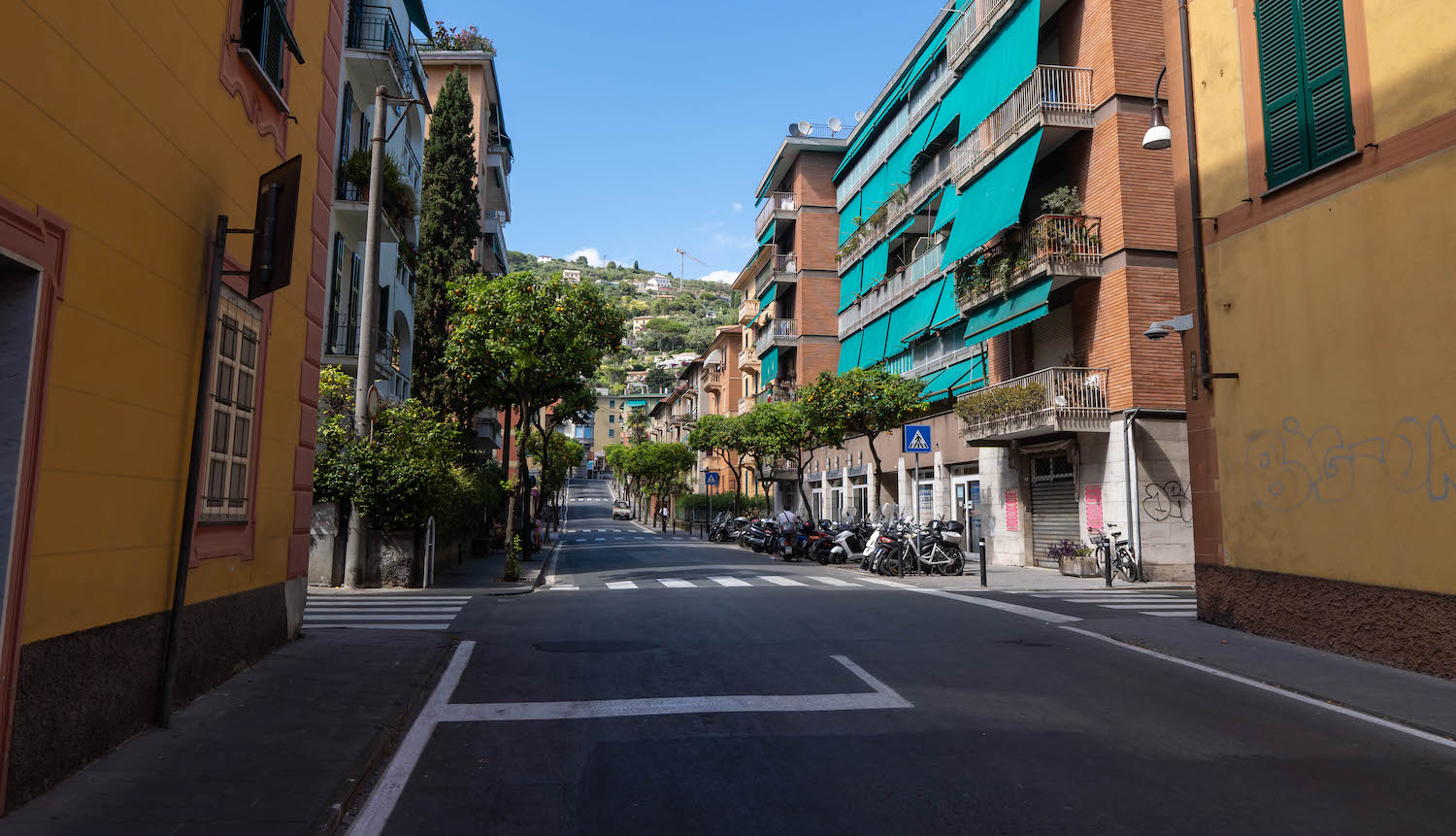
After a few days in Cinque Terre, we moved north towards the capitals of Liguria and Piemonte. Although geographically close, Genoa and Turin are extremely different cities and both have a lot to offer in terms of atmosphere, culture and food.
Genoa
The capital of Liguria is Genoa (or Genova in Italian), a portuary city in the middle of the Italian Riviera. It’s an ancient city, with great food and incredible history. It’s also quite easy to access from most other major Italian cities via train, primarily through the two main train stations: Brignole and Piazza Príncipe. We were coming from Cinque Terre, so we took the train from the town of Levanto and got down at Brignole.
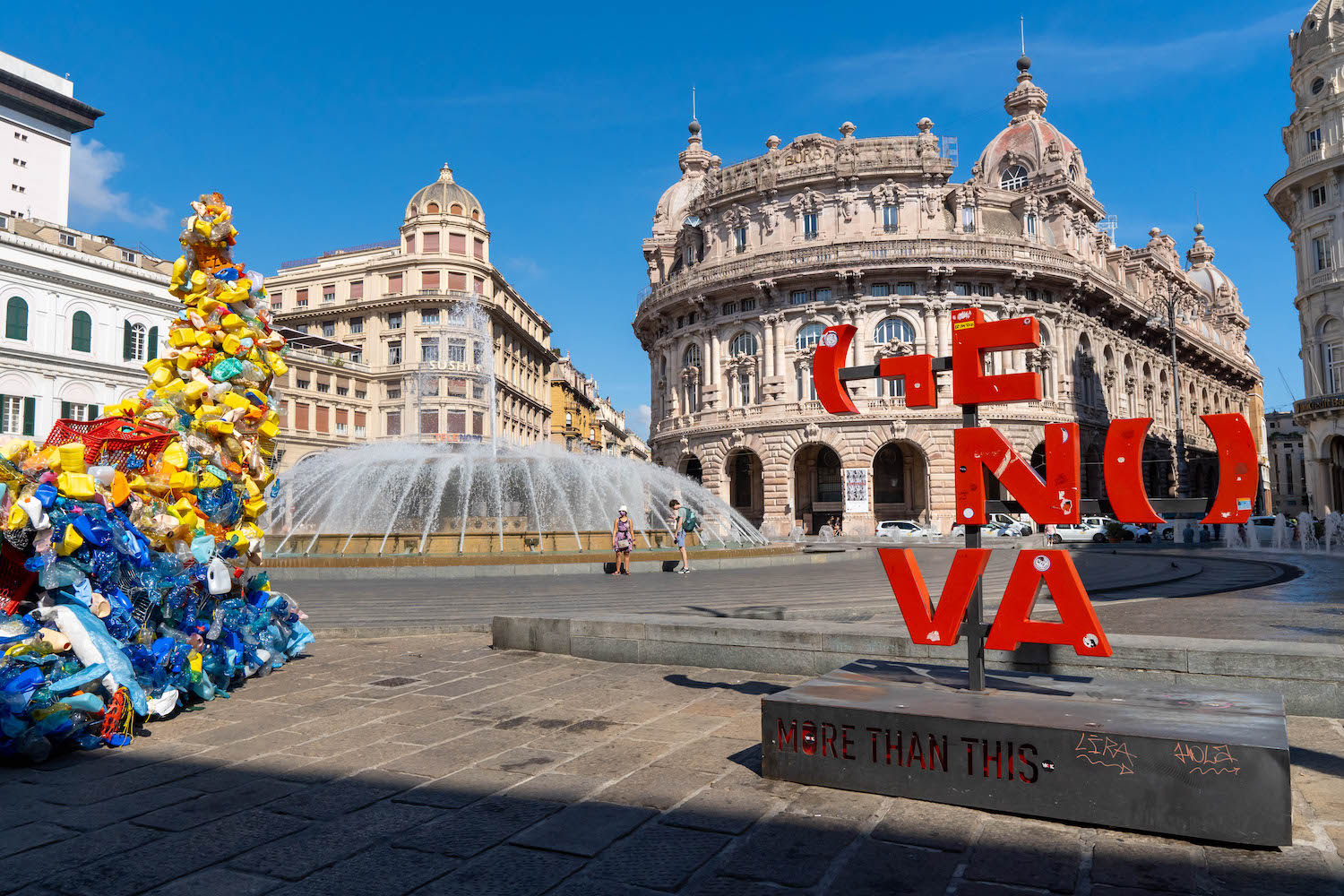
Genoa has a very accessible public transportation system, with a 24-hour pass for up to 4 people costing only 9€. The busses are comfortable and the single metro line is recently constructed. Be careful, however: some of the bus lines loop onto themselves and it’s quite easy to accidentally take a bus headed to the opposite direction from where you want to go.
The historic center is naturally the main attraction. It’s a small area with many small alleys, although the buildings are a little bit taller than you would expect in such a small space. It’s full of historic buildings, shops, restaurants and foccacerias. Via Giuseppe Garibaldi and its buildings form a Unesco heritage site; most of the buildings there have been bought by corporations such as banks, who have the duty of preserving the original appearance of the exteriors and the entry lobbies. Also unmissable is Piazza Ferrari, with a large round fountain adding some freshness to the summer heat. A few steps from there will take you to the main museums of the city and the cathedral.
There is no beach in the central part of Genoa, but the coastline has attractions with other kind to balance the heavy view of the port. Easily visible are the ferris wheel, which costs 8€ per person. There’s also the Bigo, a panoramic elevator inspired by the cranes around the port. I particularly liked how it blended modern architecture with a look that completely suits the port, although the elevator itself was not open for visit when we tried going there.
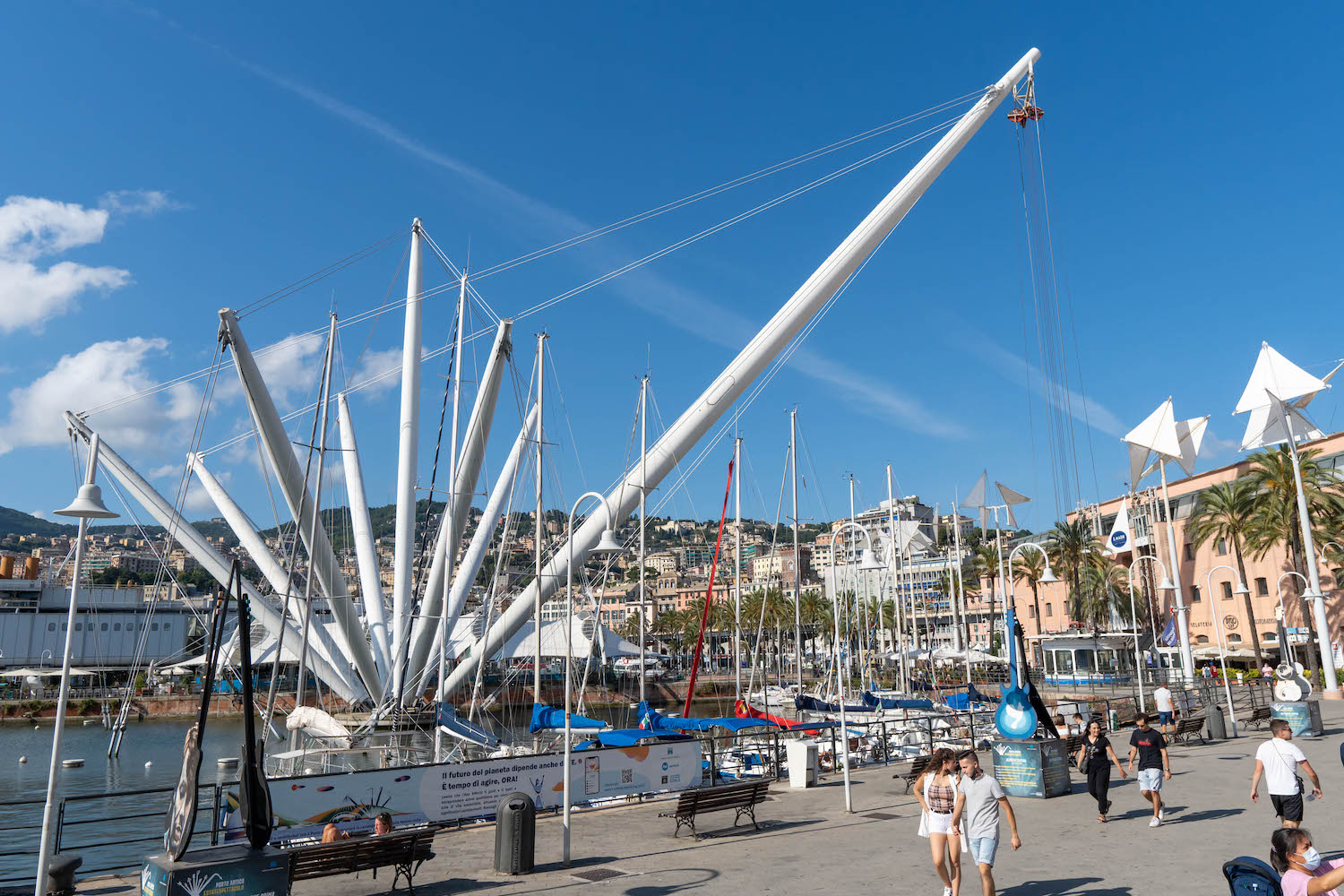
Genoa’s aquarium is one of the largest in Europe, justifying its ticket price of 27€. There are exhibits based on different parts of the world, including ones dedicated to sharks, penguins, manatees and very playful dolphins. The entry times are scheduled and it takes around 2 hours to visit it, so plan accordingly.
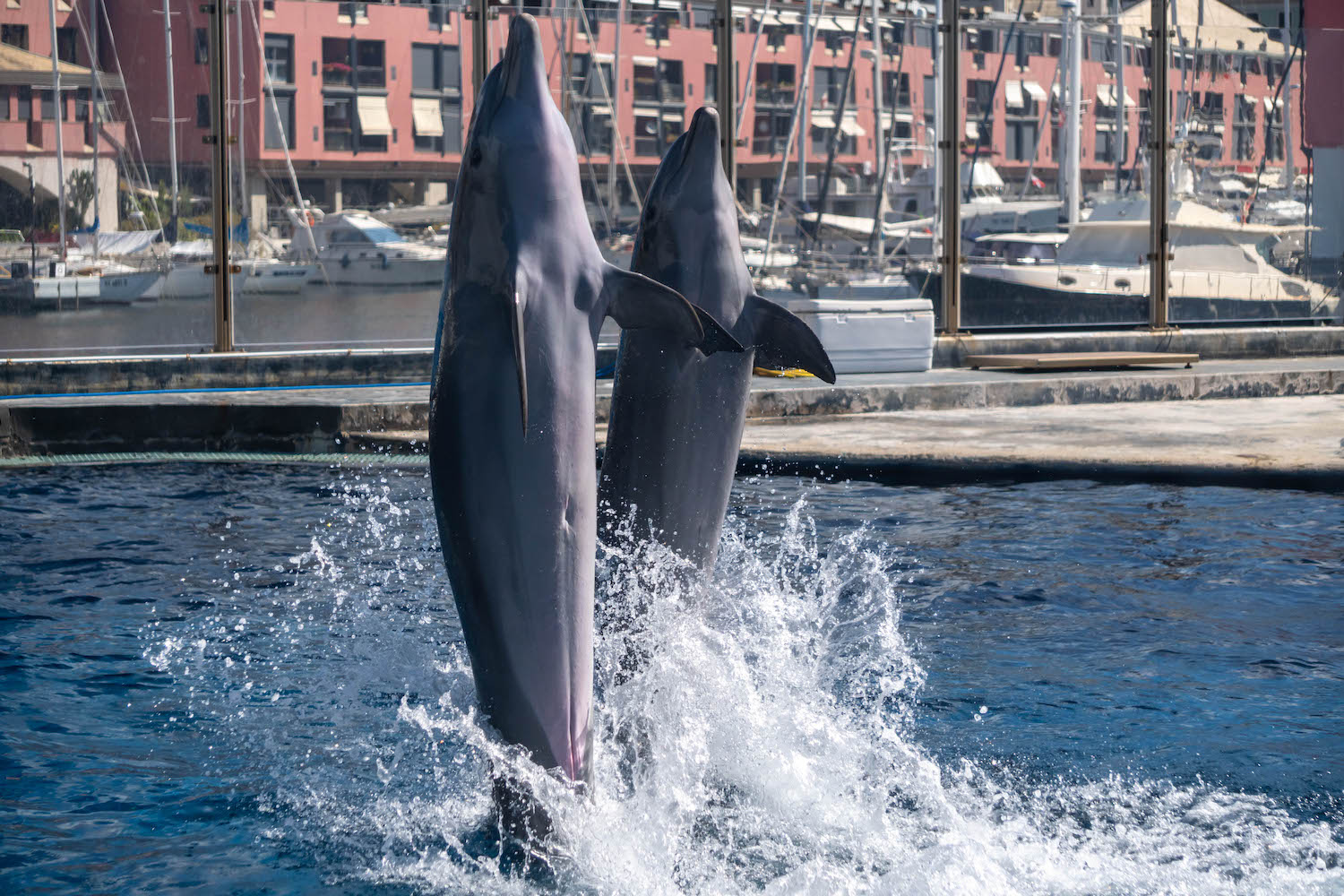
Outside of the main city, there are a few other things to see. Boccadasse is a rocky beach just outside the center with an aesthetic similar to the Cinque Terre villages, although not quite as charming as those. Taking the eastbound train for about 40 minutes leads us to Santa Margherita Ligure, a very cute town which appears to be a good spot for beachgoers.
Of course, you can’t visit Genoa without tasting some pesto alla genovese. We tried it at a few restaurants while there and my favorite was at Trattoria Ugo, although I’m sure any Ligurian will say that no restaurant makes pesto as well as their grandma.
Turin
Italy’s fourth largest city is the heart of Piemonte: Turin (or Torino in Italian). Although it is often overshadowed by Milan, Turin is actually a very different city. It clearly French influences in both culture and architecture, while still feeling like an Italian town during aperitivo hour.
Turin is best known for being the hometown and headquarters of Fiat, Italy’s automotive giant (although it recently merged with the French company Peugeot-Citroën to form Stellantis). For this reason, the city hosts a renowned automobile museum, although we did not get the chance to visit it.
Another important tradition of the region is chocolate, probably due to its proximity to Switzerland. The Ferrero company, which makes Ferrero Rocher, Rafaello, Nutella and the Kinder products, is headquartered in Alba, just south of Turin. In the city itself we find the origins of Caffarel, which gave origin to the gianduiotto, pieces of chocolate mixed with hazelnut paste (the taste is similar to gianduia a.k.a. Nutella). Caffarel is now owned by Lindt, so you can often find their chocolates in Lindt shops elsewhere, but we recommend checking out the historic shop in Turin to see all their varieties.
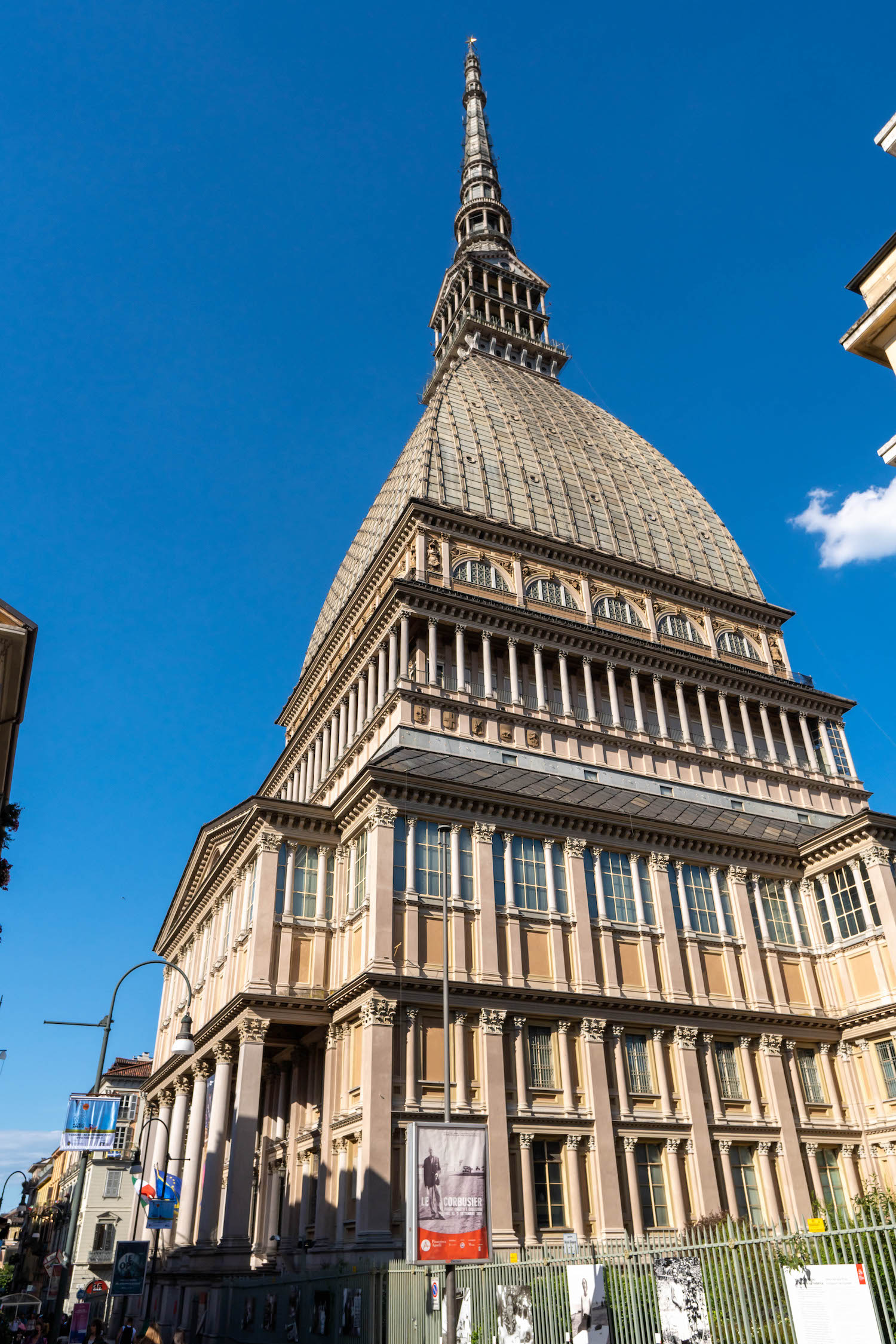
When walking around Turin, concentrate your efforts in the central region, reachable by foot from the Porta Nuova train station. From there, you can visit two of the main squares, Piazza San Carlo and Piazza Castello.
Absolutely unmissable is Mole Antonelliana, easily Turin’s most iconic building, which houses a museum of cinema. Also worth checking out is the municipal market at Piazza della Repubblica. The market has outdoor and indoor sections with stalls selling fresh fruits and vegetables, meats, cheeses, fish and even some clothes. There’s also a very modern food court which, interestingly, houses only one restaurant of each kind.
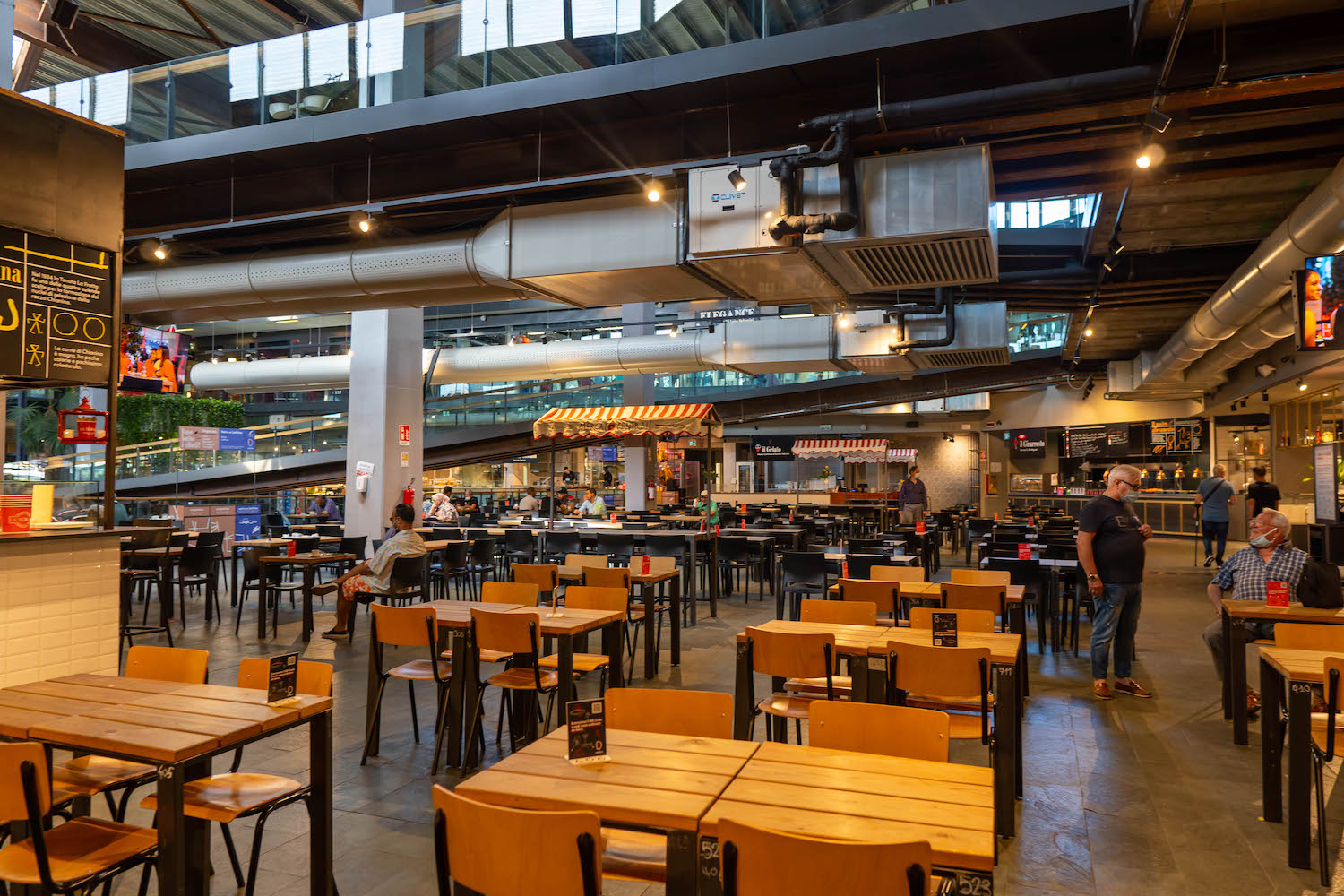
Generally, Turin is not a particularly touristic city in the standard sense, but it has a very nice atmosphere while walking around. There are plenty of restaurants, not only of piedmontese food, but also of other Italian cuisines and several international options. With only a day and a half in the city, we didn’t have time to truly explore the food scene, but there seems to be a lot there to enjoy.